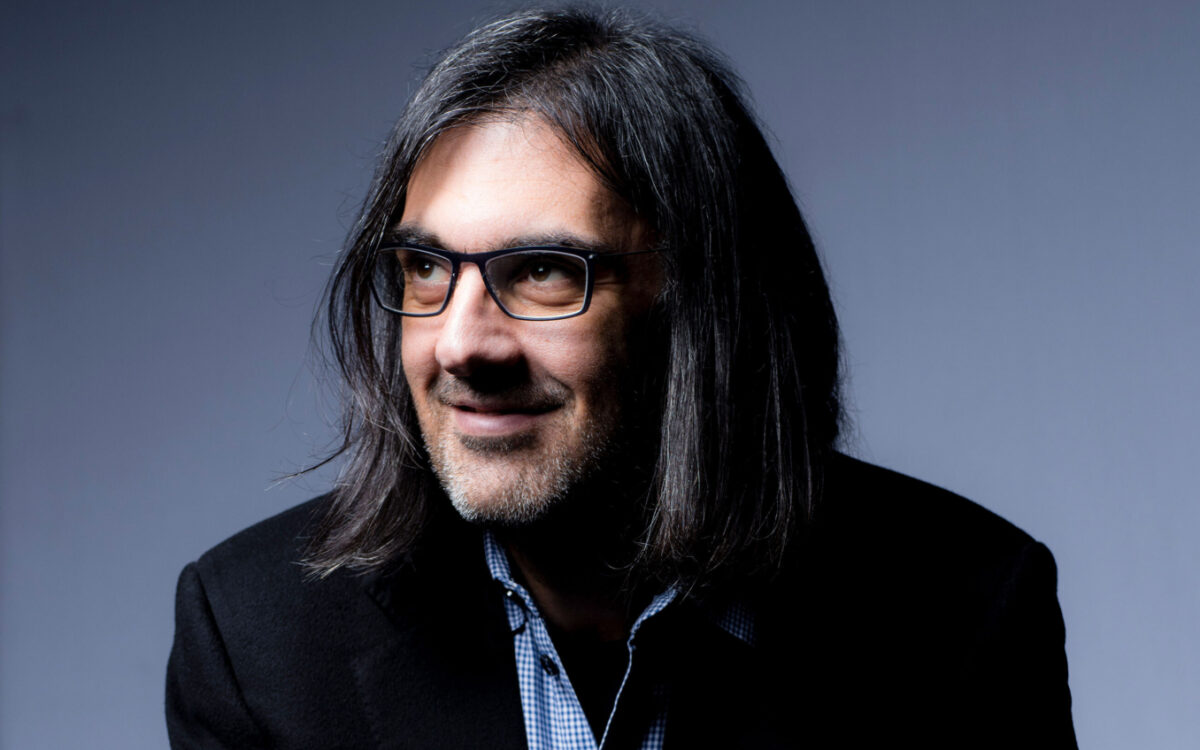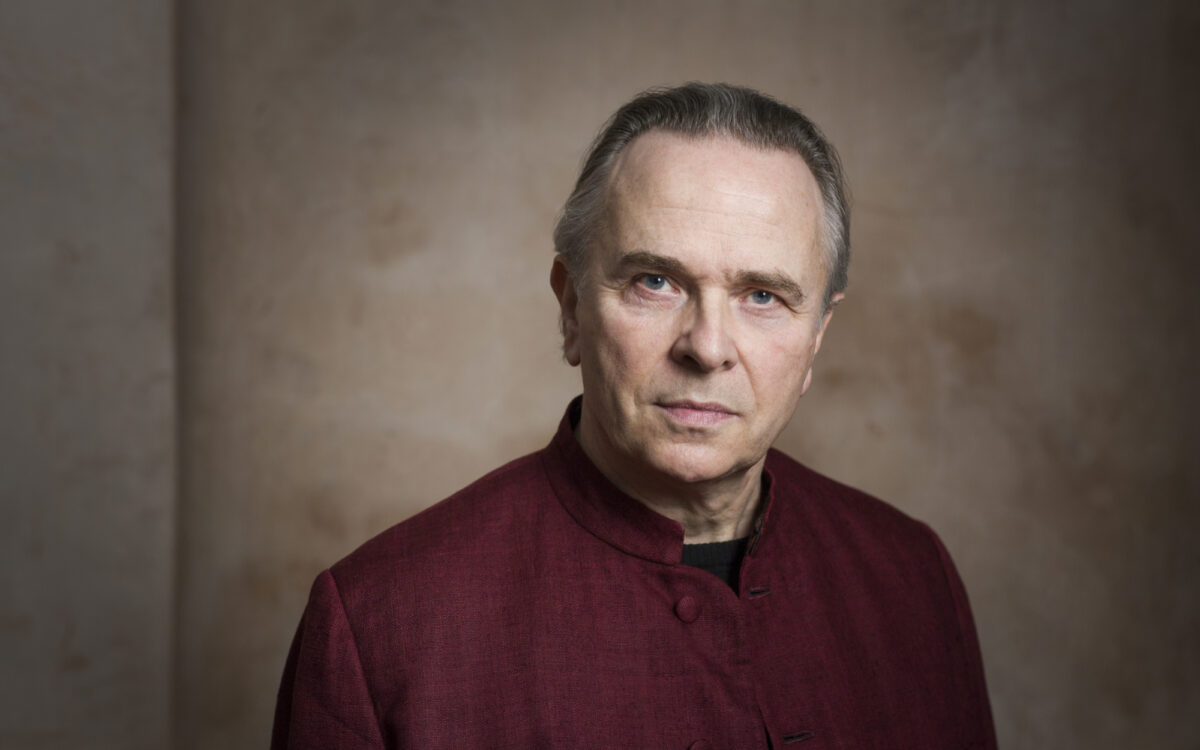Mother Goose (complete)
Composition and premiere: Ravel wrote Mother Goose for piano 4-hands for the children of friends between 1908 and 1910. He orchestrated and expanded the suite in 1911 for a ballet score; this was first performed in January 1912, at the Théâtre des Arts, Paris. The BSO’s first performance of the complete orchestral score was April 21, 1974, Seiji Ozawa conducting. The first complete Tanglewood performance was August 18, 1984, Michael Tilson Thomas conducting, and the most recent complete performance at Tanglewood was Ludovic Morlot’s with the BSO on August 20, 2010.
He is a child and he is an old man.
—the critic Emile Vuillermoz on Ravel (1922)
Ravel frequently visited his friends Ida and Cipa Godebski and their two children, Mimi and Jean, at their country house, La Grangette. And, as Mimi recalls in her fond memoir, when he was not polishing off what was meant to be “the next day’s cold meat” or arguing about Mozart, whom he idolized and Cipa detested, Ravel was most likely to have engaged himself with the children in all manner of practical jokes and storytelling. Their favorites were “Laideronette” and “Beauty and the Beast,” both of which Ravel put into the original four-hand version of Ma Mère l’oye, which he finished at La Grangette in 1910 and dedicated to the children. He even proposed that they premiere it, but Mimi and Jean “froze” at the idea, so the task was given over to two other youngsters, Jeanne Leleu, a pupil of Marguerite Long who later won the Grand Prix de Rome, and Geneviève Durony. Ravel was delighted with the performance, and responded in writing the very next day to Mademoiselle Leleu: “When you are a great virtuoso and I either an old fogey, covered with honors, or else completely forgotten, you will perhaps have pleasant memories of having given an artist the very rare joy of hearing a work of his, of a rather special nature, interpreted exactly as it should be.”
Ravel rejoiced in animals and children, and many of his works reflect a soul brought to life by fantasy, fable, exotic places, and romanticized history. That he took pleasure in Mother Goose is no surprise, especially given “her” French roots. Ravel’s main source was the collection by Charles Perrault, Les Contes de la Mère l’oye (1697), which includes “La Belle au bois dormant” (“Sleeping Beauty”) and “Le Petit Poucet” (“Tom Thumb”). He also turned to Marie-Catherine, Comtesse d’Aulnoy (ca. 1650-1705) for “Laideronnette, Impératrice des pagodes” (“Laideronnette, Empress of the Pagodas”), and Marie Leprince de Beaumont (1711-80) for “Les Entretiens de la Belle et de la Bête” (“Conversations of Beauty and the Beast”). One could imagine Ravel asking the young Mimi, “What would happen if, on a moonlit night, Sleeping Beauty and Tom Thumb met Beauty and the Beast and the rest of the fairies in the forest?” In this sense we may view the ballet version as Shakespeare’s A Midsummer Night’s Dream transferred to the bois with Goose-footed Bertha in control at her spinning wheel.
Arbie Orenstein notes that Ravel made a practice of refashioning his music in an “attempt to draw out every ounce of its inherent possibilities.” The complete ballet Ma Mère l’oye is just that, the final lap in a journey from a collection of five discrete impressions in miniature for piano to a thematically and dramatically integrated full-scale orchestral narrative for the stage. Ravel expanded his petite suite by adding a “Prélude” and the “Danse du Rouet et Scène” (“Spinning-Wheel Dance and Scene”). He also nearly doubled the length of individual movements, eliminated their closed endings (and hence the pauses in between), and translated their delicate pianism into vivid but transparently Mozartian orchestral colors. He provided momentum not so much by percussion (now an exotic spice) as by dance—a pavane, a waltz—to underscore the physicality of slumber, conversation, bath, and music-making.
The Prelude opens with the hushed wind sound of two flutes and bassoon, as a muted solo horn intones a distant fanfare, “Once upon a time.” Eerie harmonics accompany thematic fragments—to be fully realized in each of the stories—all leading in a crescendo to the Spinning-Wheel Dance and Scene, Mother Goose herself spinning out her tales over a perpetual-motion pedal that passes among the instruments. We can hear the “click” of her treadle in the tambourine. The activity dissolves into an ancient and serene woodland lullaby of flutes and violins that gently rock Sleeping Beauty over a spare accompaniment of pizzicato strings and harp harmonics. Following a sudden piccolo interjection, col legno strings break the stillness and yield to the moderate waltz tempo characterizing the Conversations of Beauty and the Beast, with Beast as contrabassoon proposing marriage and revealing himself upon Beauty’s acceptance to be a handsome prince, once bewitched.
Solo violin and cello in a falling chromatic line, reminiscent of the opening of Debussy’s Faun prelude, announce the next tableau: Tom Thumb is lost in the woods, and Ravel’s long-breathed melody circles appropriately around itself as chirping birds eat the crumbs Tom has left as a guide. The gentle but constant motion leads to a harp and celesta cadenza followed by Laideronnette, Empress of the Pagodas. With its black-key pentatonicism and shimmering orchestral colors, this is the liveliest of the movements. Porcelain girls and boys regale the exotic little empress in her bath with music, their instruments mimicked in the orchestra by harp, celesta, glockenspiel, piccolo, and flute. As the movement ends, we are treated to a summary of previous themes, most notably a return of the opening horn fanfare and the Sleeping Beauty motif heard now in the solo violin. The final movement begins with a recomposition of the opening theme transferred to strings in triple meter and leads to The Fairy Garden with its brilliant combination of celesta, harp, and solo violin. This quintessential delicate and mysterious “fairy music” builds to a majestic Apotheosis with full orchestra as the Sleeping Beauty opens her eyes.
Helen M. Greenwald
Musicologist, cellist, and translator Helen Greenwald teaches at the New England Conservatory of Music. In addition to her publications in scholarly journals, she has presented talks at the Salzburg and Verona Festivals, New York City Opera, Los Angeles Opera League, and Boston Lyric Opera. Her critical edition of Rossini’s Zelmira was presented at the Rossini Opera Festival in 2009 and released on DVD; Riccardo Muti chose her critical edition of Verdi’s Attila for his 2010 debut at the Metropolitan Opera.


